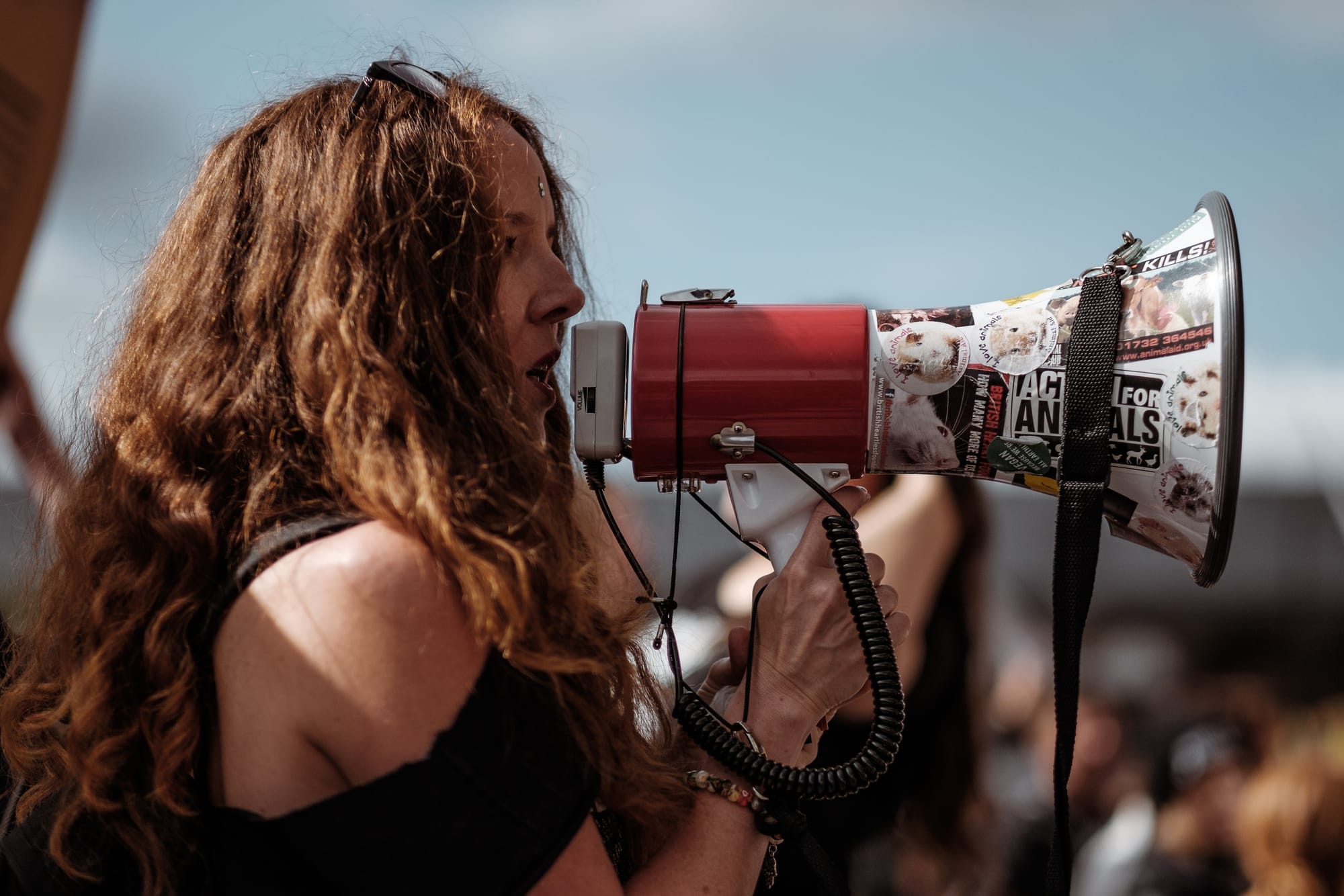How to communicate different boundaries in different situations (with examples): Communication Boundaries.

Jason Brien.
Establishing and communicating healthy communication boundaries is essential for maintaining respectful and effective interactions. Here are examples of expressing and setting communication boundaries in various situations:
Honesty and Openness:
- "I value honesty in our communication, but there are times when I need to express myself with sensitivity. Can we agree on creating an environment where we can be open without judgment?"
- "While I appreciate honesty, I also need us to communicate with kindness. Let's establish a boundary where we express our thoughts openly but consider each other's feelings."
Respecting Privacy:
- "I believe in respecting each other's privacy. Can we agree on not prying into each other's personal matters unless willingly shared?"
- "I value our trust, and part of that involves respecting each other's privacy. Let's establish some boundaries around what topics are off-limits unless explicitly discussed."
Timely Communication:
- "I want to ensure our communication is timely, but there are moments when I need some space before discussing certain matters. Can we establish a timeframe for addressing important issues?"
- "I value open communication, but I also need time to process information. Can we agree on a balance between timely discussions and allowing space for reflection?"
Digital Communication:
- "I appreciate digital communication, but there are times when I need to disconnect to focus on other priorities. Can we establish some expectations around response times and digital availability?"
- "Let's discuss our preferences for digital communication to ensure we're both comfortable with how and when we interact online or through messaging."
Setting Boundaries During Conflict:
- "During conflicts, I need a calm and respectful environment for communication. Can we establish some ground rules on how we handle disagreements to ensure a constructive resolution?"
- "I want us to resolve conflicts in a healthy way. Can we agree on not raising our voices and taking breaks when needed to maintain a respectful communication environment?"
Expressing Needs Clearly:
- "I value clear communication about our needs, but there are times when I may struggle to express myself. Can we agree on being patient and allowing each other the space to communicate effectively?"
- "Let's establish a boundary where we actively listen to each other's needs and provide support in expressing ourselves, even if it takes time."
Respecting Boundaries in Group Settings:
- "In group settings, I want us to be mindful of each other's boundaries. Can we agree on checking in before sharing personal information or experiences in a group?"
- "While I enjoy group discussions, I also want to ensure we respect each other's boundaries. Let's discuss how we can navigate group settings without crossing personal lines."
Non-Verbal Communication:
- "Non-verbal cues are essential for effective communication, but there are times when I may misinterpret them. Can we establish a boundary where we clarify intentions when non-verbal communication is unclear?"
- "I want to be mindful of non-verbal signals, but I also need us to communicate openly about any misinterpretations. Let's create an environment where we can discuss our non-verbal cues."
Setting communication boundaries involves clear and open dialogue, mutual understanding, and a commitment to fostering a healthy and respectful communication environment. It helps create connections that are based on trust, empathy, and effective interaction.